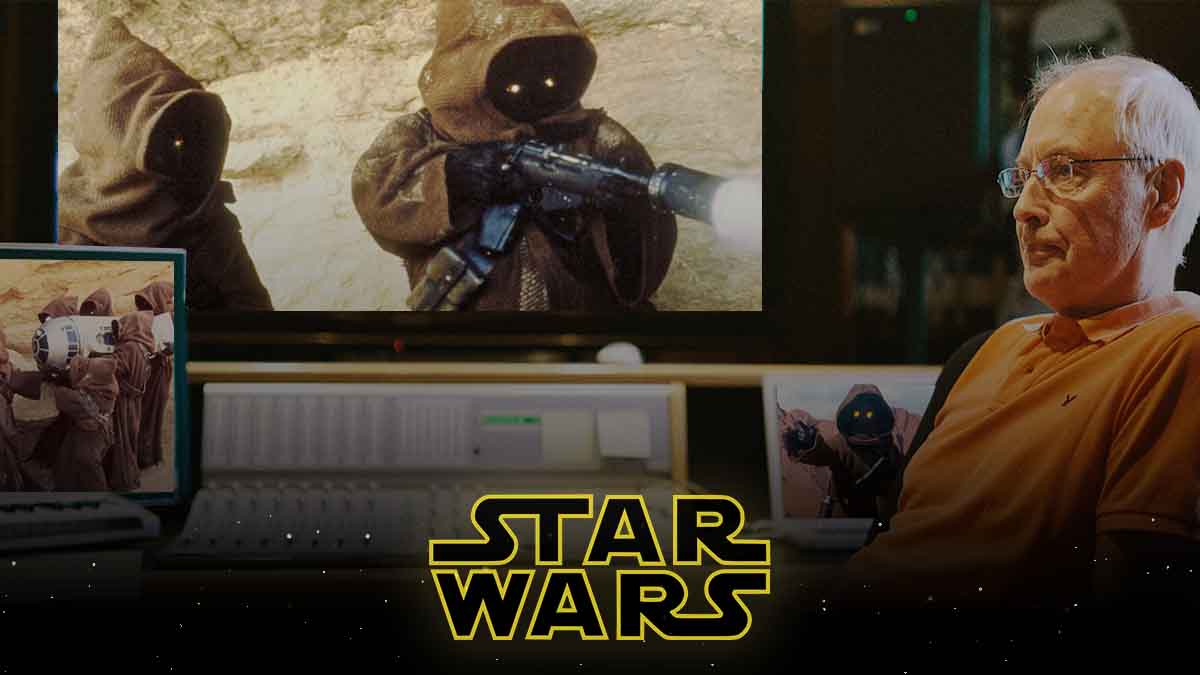‘Star Wars’: What Language Is the Jawa Language Based On?

In 1977, the cinematic industry saw a release of a film that would change the industry in a number of aspects and set new boundaries as to what a movie can be. Among the (now) legends and masters of their craft who contributed to the original Star Wars trilogy was Ben Burtt – a sound designer who, among other achievements, created the so-called “Jawanese” language. Now this “Jawanese language” will be our discussion topic as we begin to discover what real-life language it was based on.
The Jawa language is based on Zulu – a member of Nguni of the Niger-Congo language family. In his desire to have non-robotic species speak in “organic tongue”, Burtt listened to recordings of exotic languages which wouldn’t be easily recognized. Stumbling upon Zulu, he developed the Jawa language by speeding up the recordings of native Zulu speakers in order to achieve a speech that was high-pitched and had an accelerated flow of words. This became the prototype for how other non-electronic languages and alien voices would be developed in the original Star Wars trilogy.
Star Wars: A New Hope has certainly gone the distance regarding sound effects (among other aspects of filmmaking), and the following two films of the original trilogy did not fall short. As Burtt phrased it, the term “sound designer” has been used since the Star Wars films sparked a new interest in creative soundtracks in motion pictures. Here is an overview of how Zulu became part of the great Star Wars legacy!

Star Wars: A New Hope special achievement in sound effects
As we mentioned previously, according to Burtt, the term “sound designer” was only introduced over the course of a decade after A New Hope introduced a spectrum of possibilities in creative sound design. This role entails bits and pieces from the scope of work covered by experts filling three separate roles: production recordist, sound editor, and sound mixer. As a sound editor, Burtt performed actions that belonged to the scope of work of recordists, editors, and mixers.
This kind of freedom was also a possibility because the film had no library of sounds that should have or could have been used during production. Instead, the crew recorded their chosen sounds and ultimately created the library themselves. Moreover, Burtt was able to have an impact from the point of production, as well as the perspective of a recordist, where he advised and suggested the sounds that could be recorded for the film.

This way, once he was familiar with the script and the idea that George Lucas had for the film, Burtt was on hand during parts of the filming, gathering sounds and/or supervising while also creating the sounds he thought would be useful for the project. In a scenario such as this one, the freedom these creators had resulted in a brand new library of new, original sounds and sound effects, which remain one of the seals that make this franchise inherently recognizable even among those who have perhaps only ever seen a trailer or an ad.
The origin of the Jawa language
The language is first heard in Episode IV when R2-D2 and C-3PO crash-land on Tatooine after R2 is tasked with a secret mission to find Obi-Wan Kenobi and deliver a message and the plans of the Empire’s Death Star. The dune planet’s inhabitants soon cause them to sidetrack as the Jawas take possession of the droids.
This mysterious species appears as a group of scavengers that collects technology that can be used to make trades. While their appearance was never actually “uncloaked”, it is because Lucas’ prototype resembled a rodent life form that they are considered to be a species similar to rats, which may also be supported by the fact that their communication amongst themselves involves recognizing each other’s scent.

Paying closer attention to their language, it sounds like incoherent, meaningless syllables being uttered in a very accelerated manner in a high-pitched tone. According to Burtt, as he was listening to many African languages, he focused on Zulu and made it the basis for the Jawa language in Episode IV. He sped up the recordings and edited the sounds to achieve a high-pitched sound and accelerated flow of words which we know today as the Jawa language.
This became the prototype for other non-electronic alien species, as their desire was for them to speak in languages that were based on the organic tongue, which made him focus on exotic languages that have a long history and unique cultural heritage but aren’t so widely recognizable.
According to the sources cited in the Star Wars Wiki, the ancestor of the Jawa language is Kumumgah – another native language on Tatooine, spoken by an ancient species known as the Kumumgah. This language is also an ancestor to yet another language spoken by the Sand People of Tatooine – Tusken.
